Gold Coast Humpback Highway: Australia’s success story in whale conservation
Why is it called the Humpback Highway?
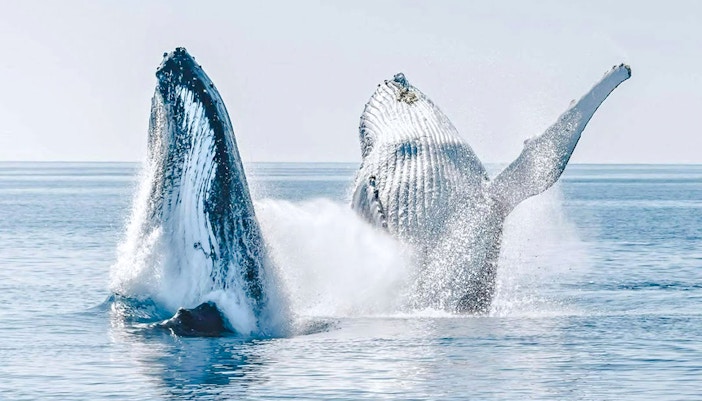
Origin
The term “Humpback Highway” was coined because of how consistent and concentrated the migration is. Each year, tens of thousands of humpback whales move along Australia’s east coast in a predictable corridor from Antarctica to the Great Barrier Reef and back. Researchers using satellite tags and aerial surveys have confirmed this dense traffic flow especially during peak season, with hundreds of whales passing certain points daily.
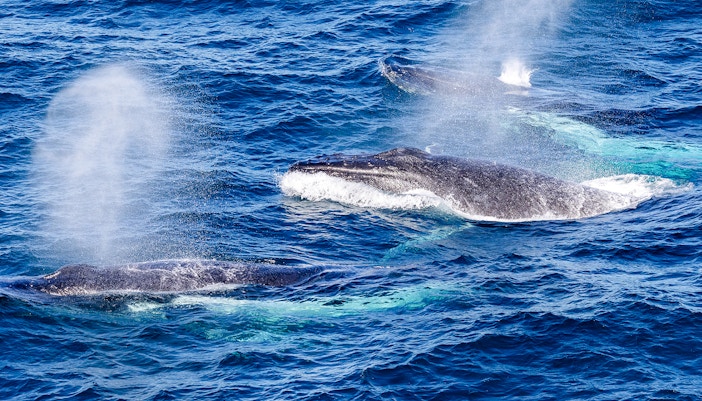
Why the Gold Coast gets frequent sightings
Unlike many global whale migrations that occur far offshore, Australia’s east coast route hugs the shoreline. In the Gold Coast, whales often pass just a few kilometres from the beach, making them easy to spot from headlands, piers, or boat decks. The region’s calm, sheltered waters are also a preferred zone for mothers and calves. Playful behavior like breaching and tail slaps is common here.
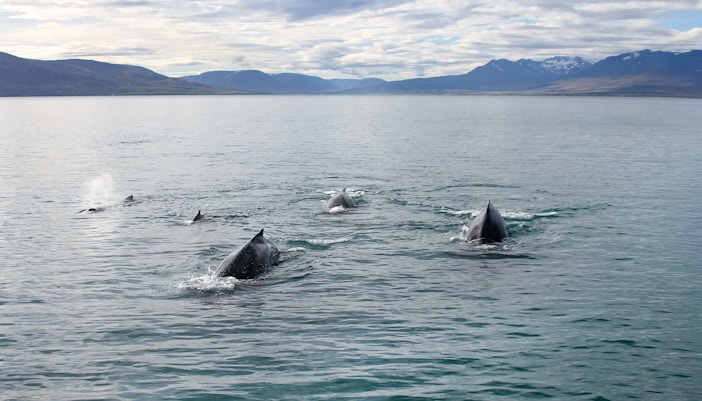
Why Australia is perfect for whale watching
Australia is the only country with a long, continuous coastline aligned directly along a major whale migration path and one close enough to offer land-based sightings. The Humpback Highway offers a rare opportunity to witness a natural marine migration up close, season after season.
What happens along the Humpback Highway?
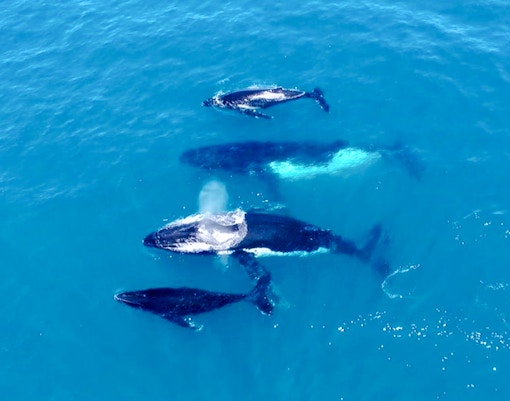
Breeding & calving
Humpback whales begin their epic journey to mate and give birth in Queensland’s warmer waters. Pregnant females and breeding-age males swim north from Antarctic feeding grounds, driven by the instinct to reproduce. After an 11‑month gestation, calves are born near reefs and bays. They instantly set off on the long return south, guided by their mothers.
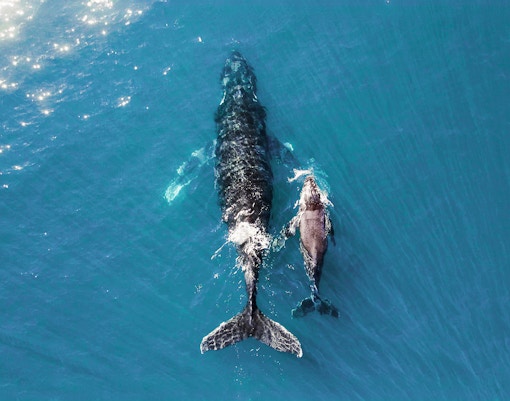
Calving & resting zones
Queensland hotspots like the Gold Coast, Moreton Bay, and Hervey Bay serve as critical rest-and-nourish stops during migration. Here, mother-calf pairs linger in calm, protected waters (often within 2 km of shore) to nurse, gain strength, and avoid harsh ocean conditions. These safe havens are also social pit-stops where calves practice surface behaviors like breaching and tail-slapping.
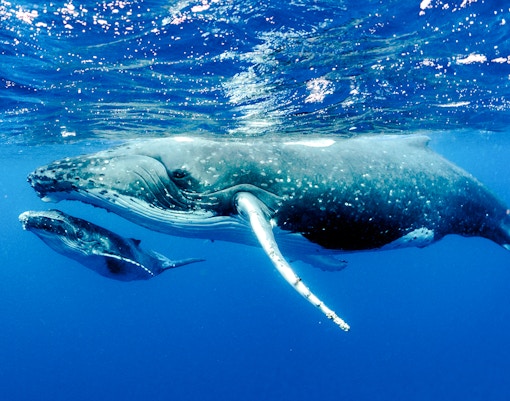
Social structures & competitive pods
Along the highway, you’ll sometimes witness competition pods: groups of adult males vying for mates with aerial displays, tail lobbing, and fast chases. Juveniles also tag along, testing out social cues and behaviors in the company of elders.
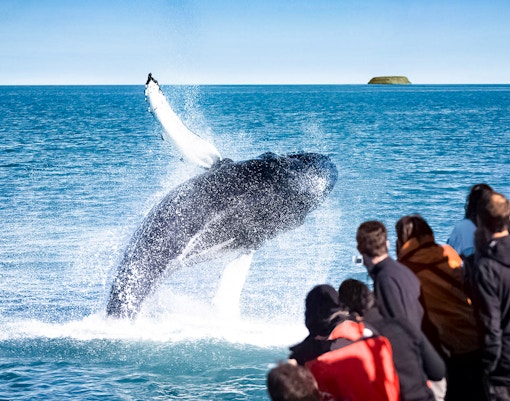
Conservation efforts
The conservation story of the Humpback Highway is one of rare success. From a population of just ~500 whales in the 1960s, the eastern humpback population has now soared to over 30,000–40,000 individuals each season. It’s a remarkable recovery and a reminder of what’s possible when science, policy, and public support align.
